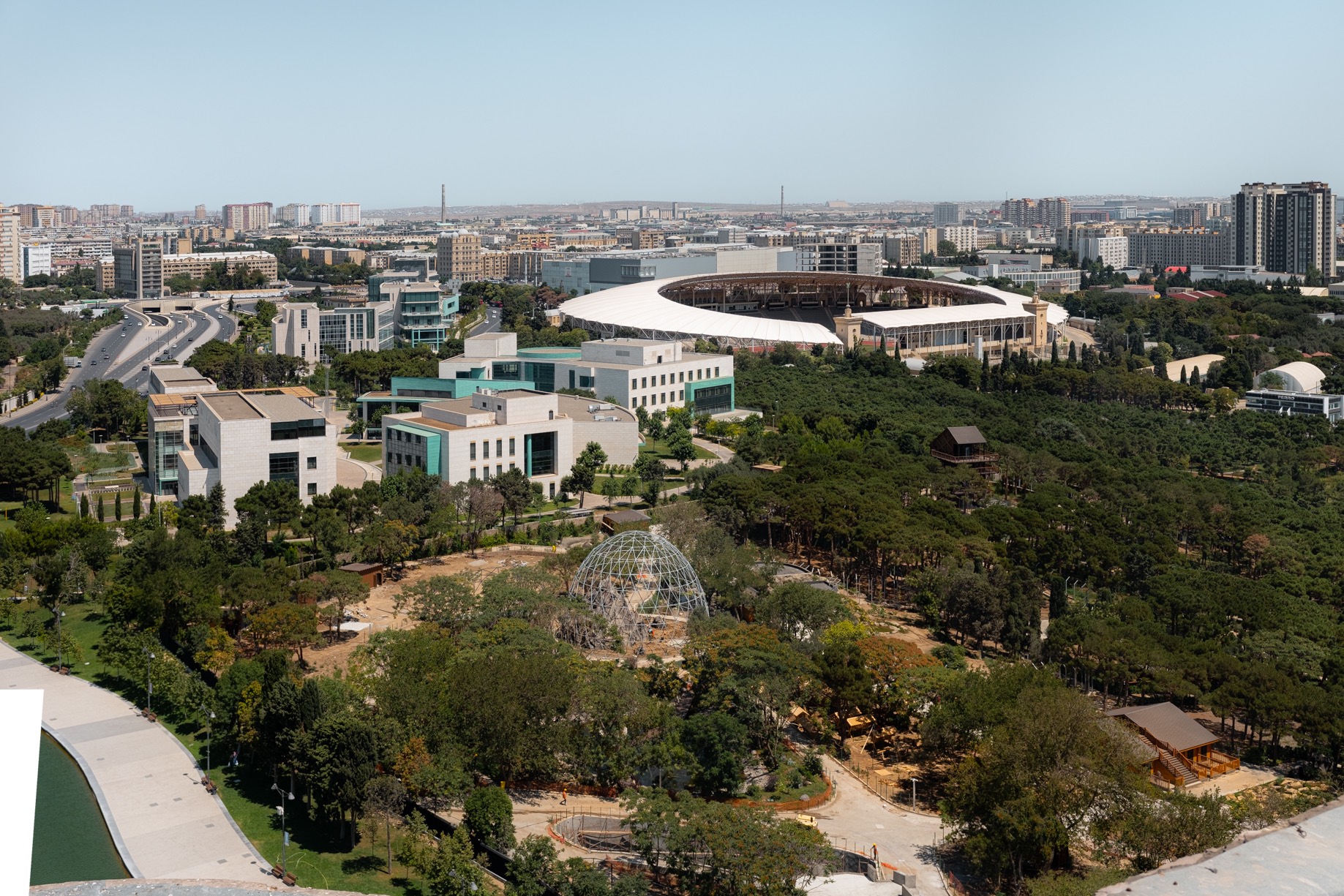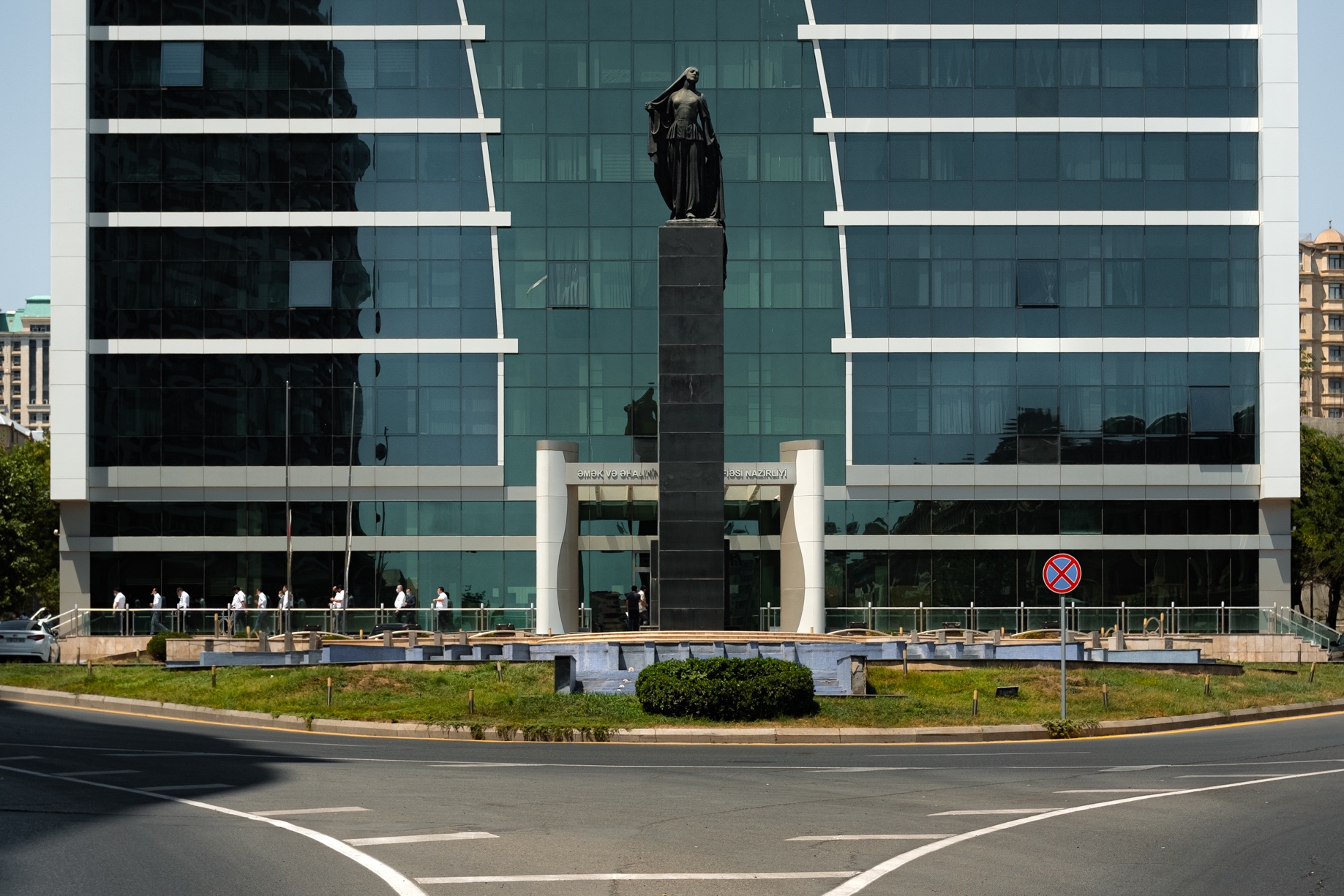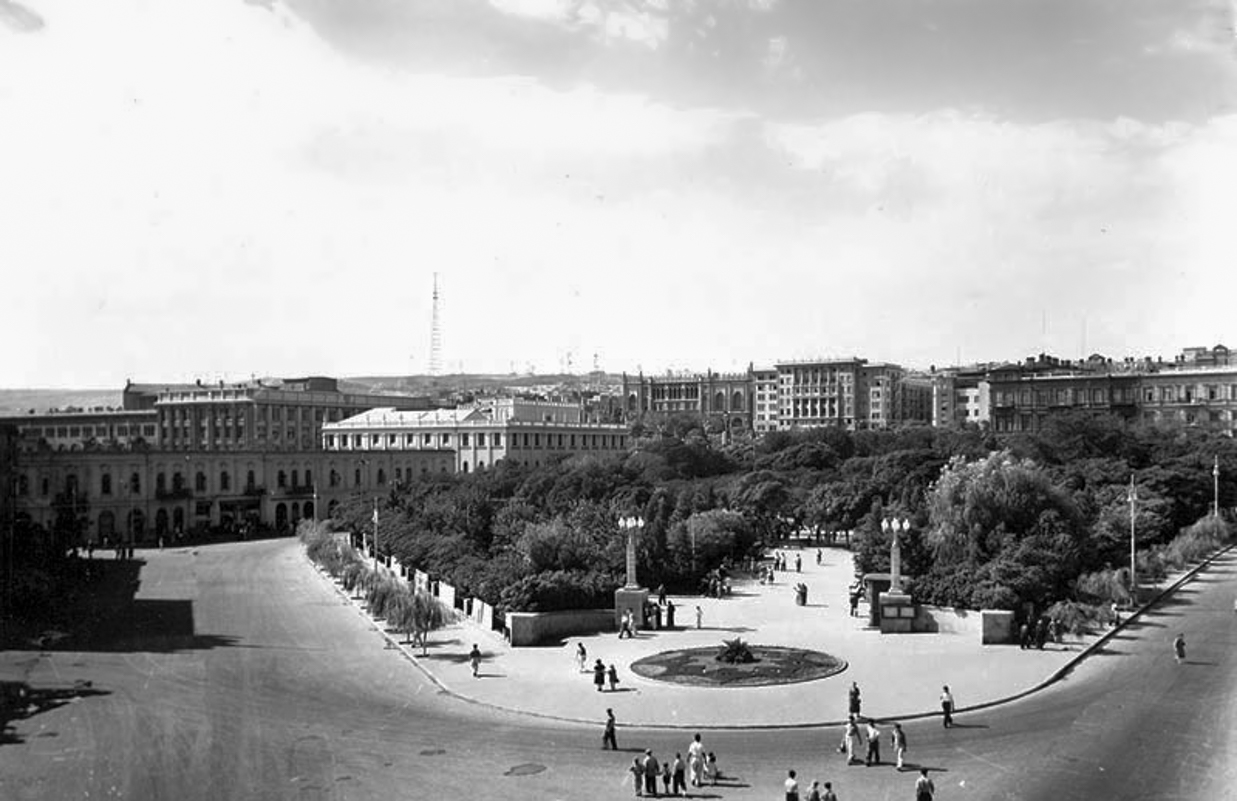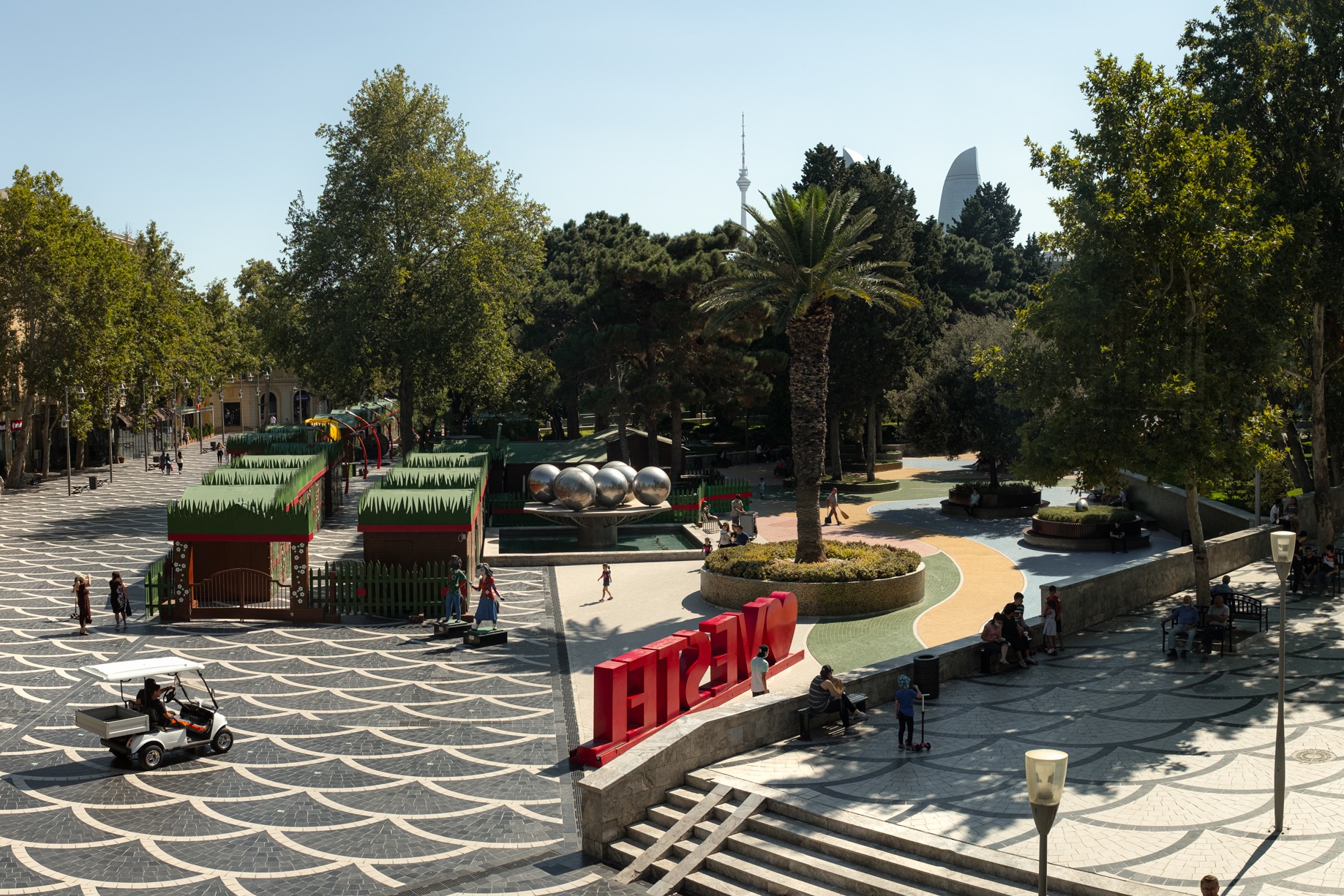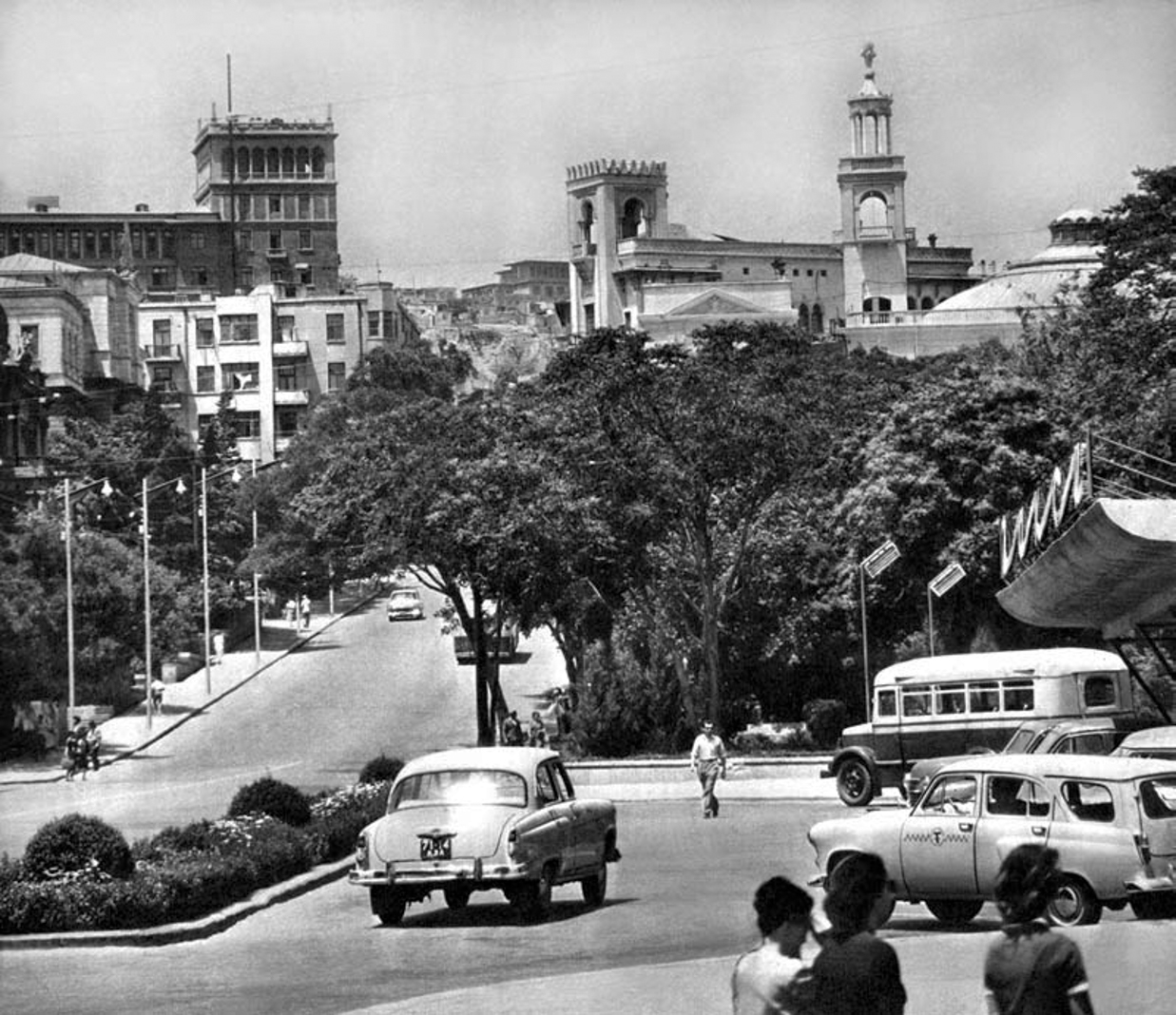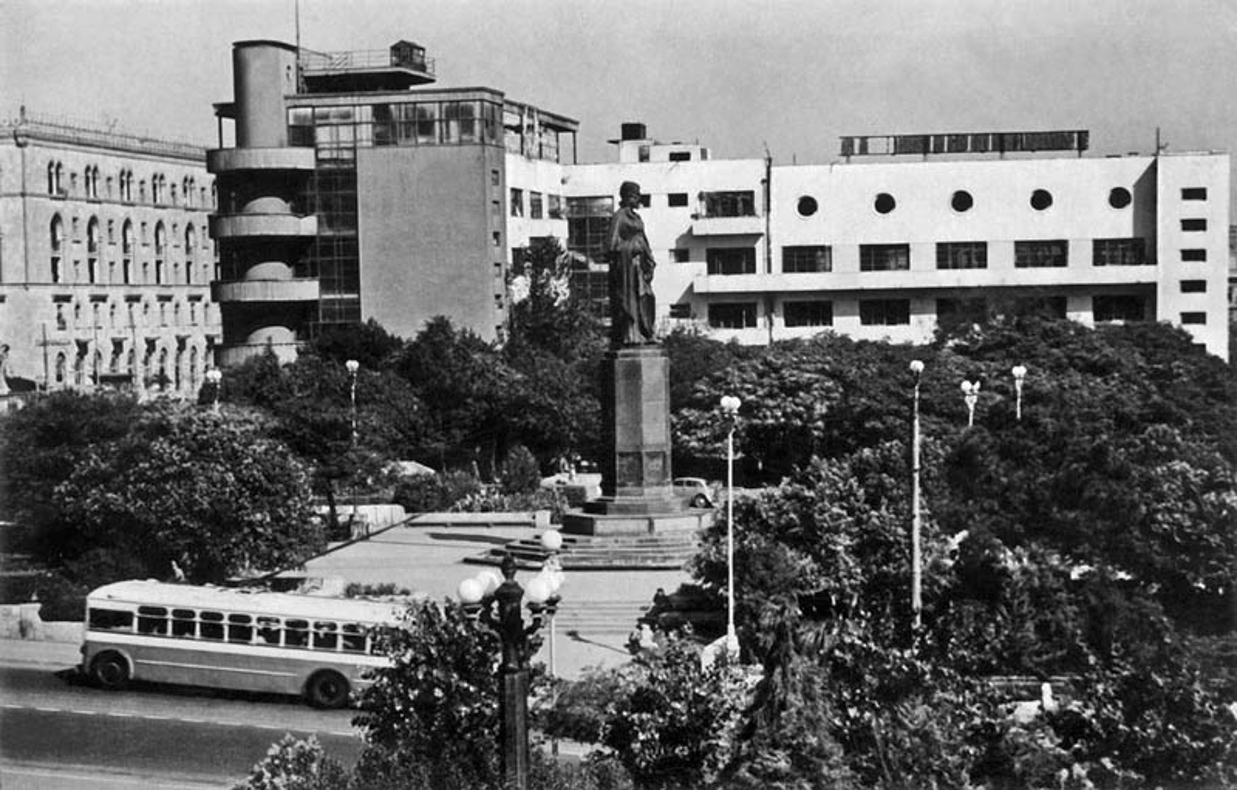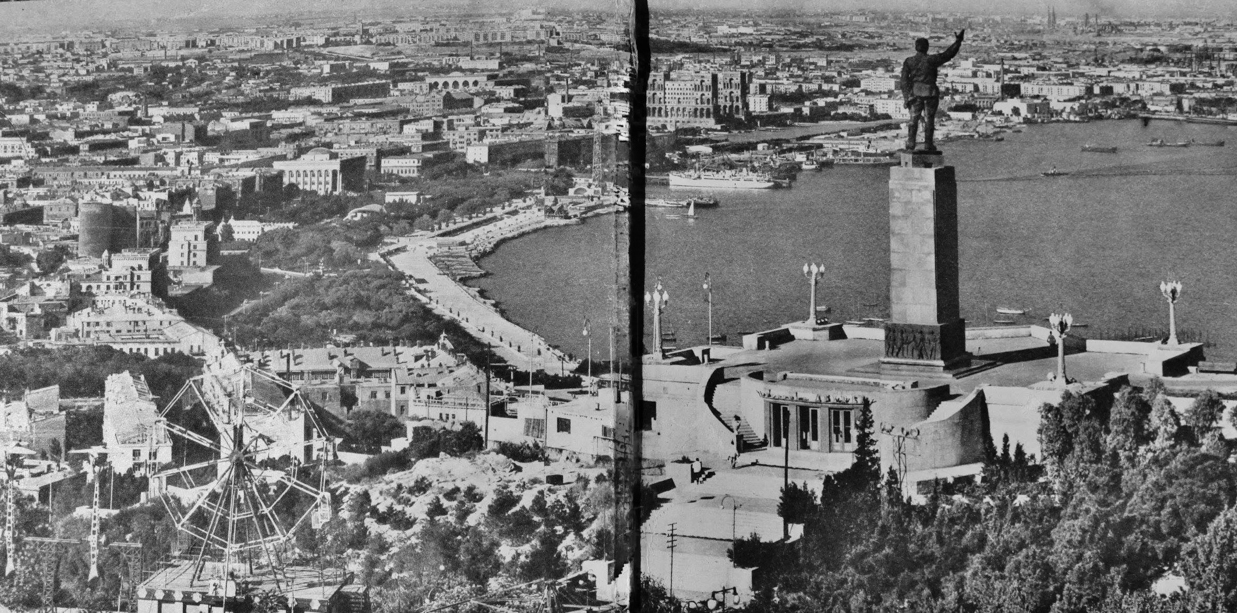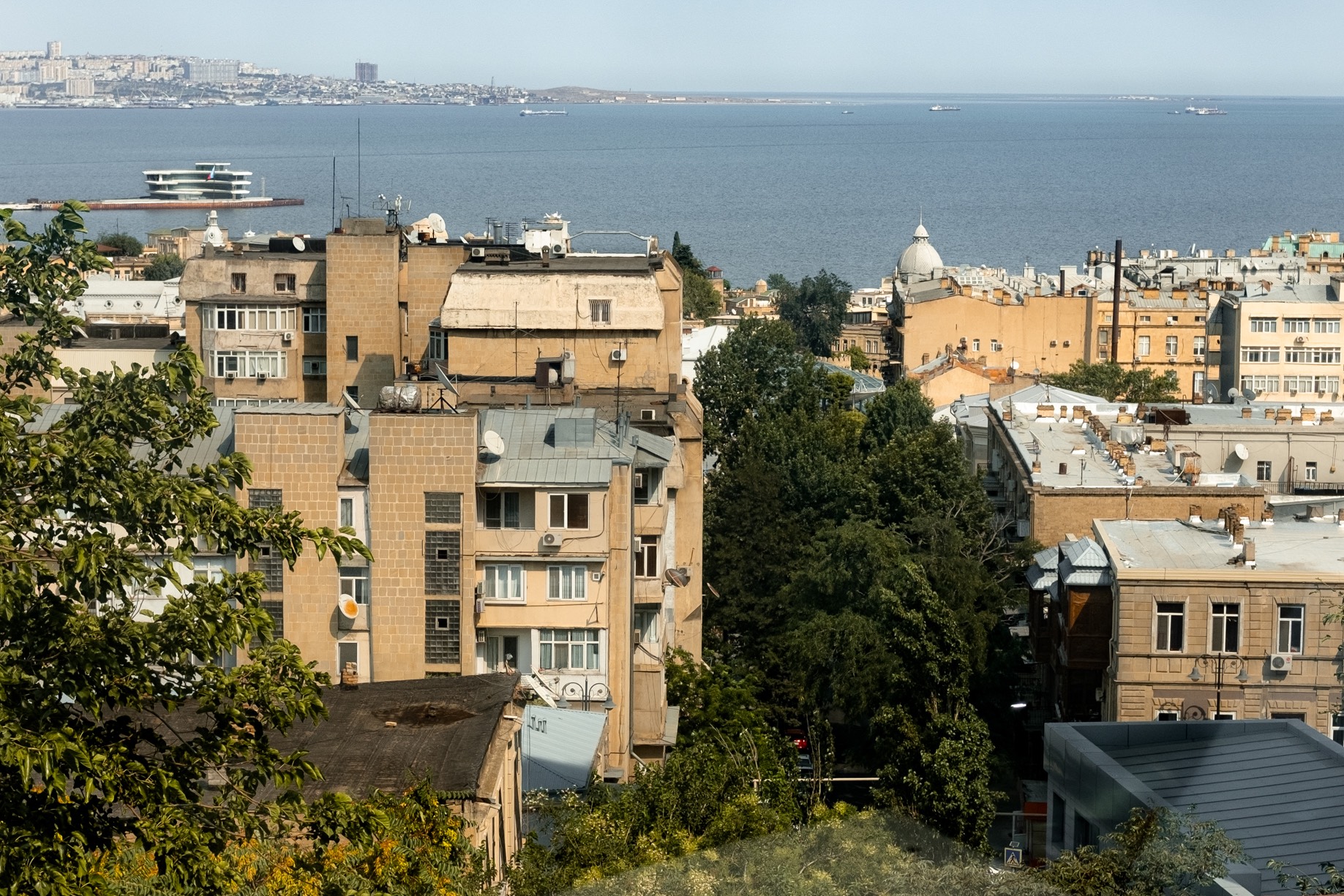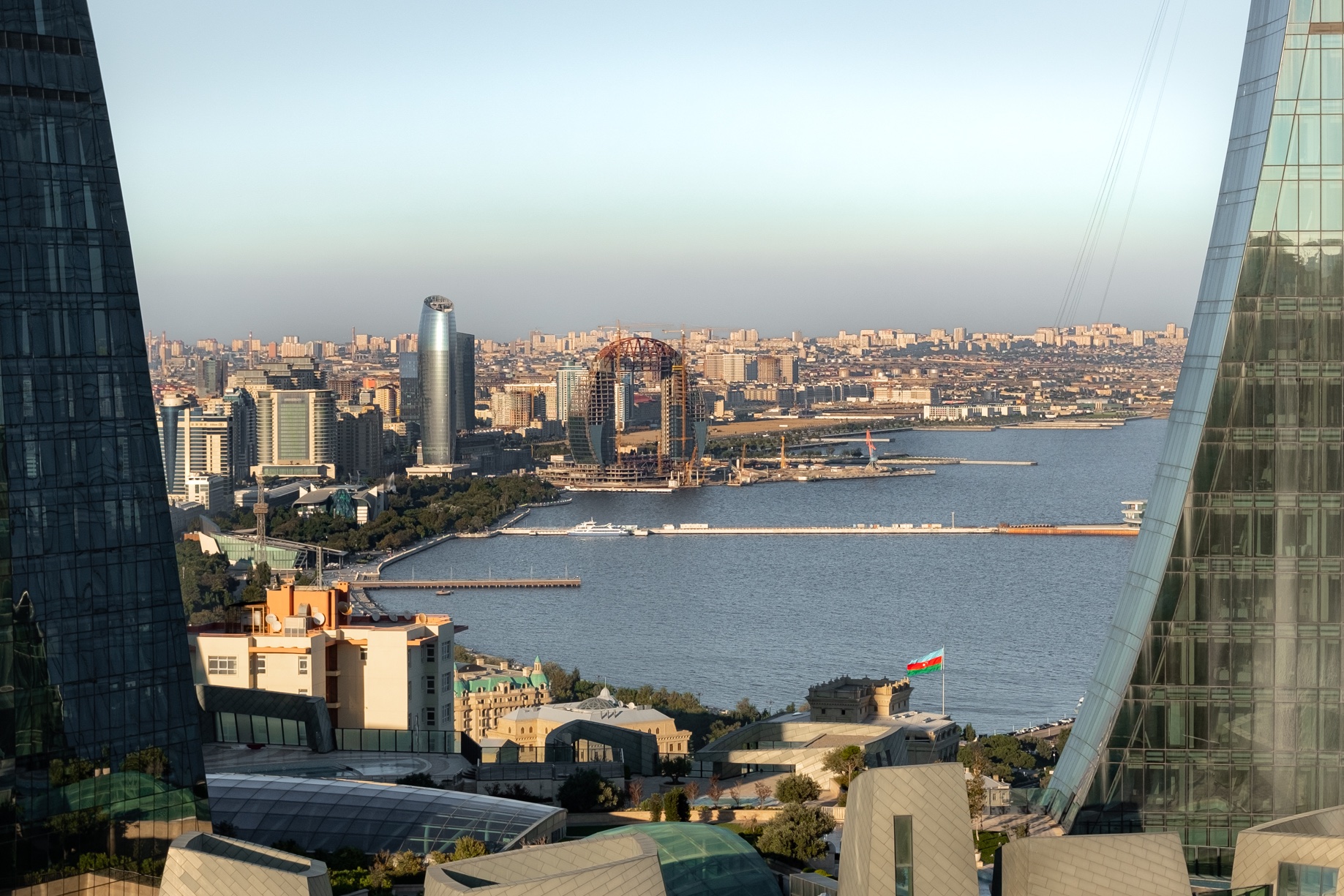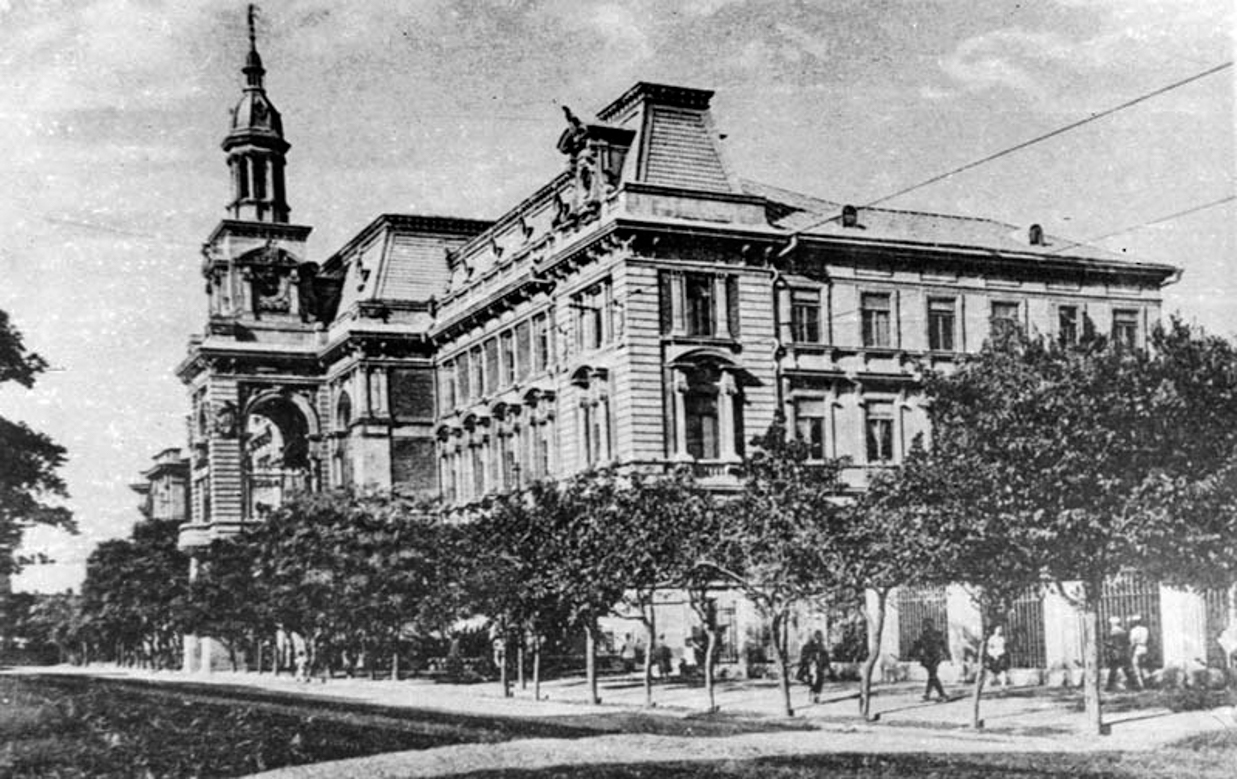Bakuscape: doubled population, halved green space
I am a native of Baku, the capital of Azerbaijan. I remember a time when there were big trees in the streets and yards--open spaces with trees—most of which were cut down over the past several years to make way for new buildings.
For instance, there was a huge pine grove at Tofiq Bahramov Stadium and an olive grove in Ahmedly, both of which are partly or completely lost now due to wider roads, the construction of ADA University and addition of a huge artificial lake in Dada Gorgud Park.
Bakuvians are losing green space and residents are becoming more aware of the issue—and the impact on their health and wellbeing. Cities should have 50 square meters of green space per resident, according to World Health Organization standards. The global average for cities, however, is less than half that—21 square meters per person.
Over the past 30 years, the population of the capital has doubled, and the green area has halved. Between the 1970s and the 1980s, green space tripled in the city, increasing from just 6.2 square meters of recreational green space in the 1970s to 45 square meters in the 1980s. After 1985, the issue stopped being a priority and, as a result, green space was destroyed to make room for shops, cafes, wedding palaces, garages, and villas.
“I moved to Baku in the 1990s and fell in love with Baku the first day I arrived because there were green streets on all sides. I used to take a tram [no longer exists] from Azneft Square. There is a big difference when comparing Baku today with that time,” recalls Rovshana Babayeva, an eco-activist.
Frequent discussions about the loss of green space in Baku inspired me to investigate how much of greenery has been lost in Baku over the past two generations. I found photos of central locations—some of locals’ favorite places—at the Azerbaijan Photographers Union (AFB) dating back to the 1950s and 1970s. Using the images as my guide, I sought to photograph those locations from the same angle to see how the green space has changed.
The end result showed a mixed fate for many places — more buildings in most cases, but also more tree coverage in some areas. Some of the most beautiful landscaping, for instance the Central Park, is due to locals planting trees. Overall, however, environmentalists like Rovshana Babayeva believe the situation in the city is dire.
"Naturally, green areas play an important role in cleaning the city's air. According to various sources, 80 percent of emissions come from cars; therefore along with increasing greenery and creating conditions to increase the import of hybrid cars and electric cars that do not harm the atmosphere—as well as the construction of bicycle lanes for the use of bicycles as an environmentally friendly means of transport—are among our most pressing needs. This work must be done in parallel," added Rovshana Babayeva.

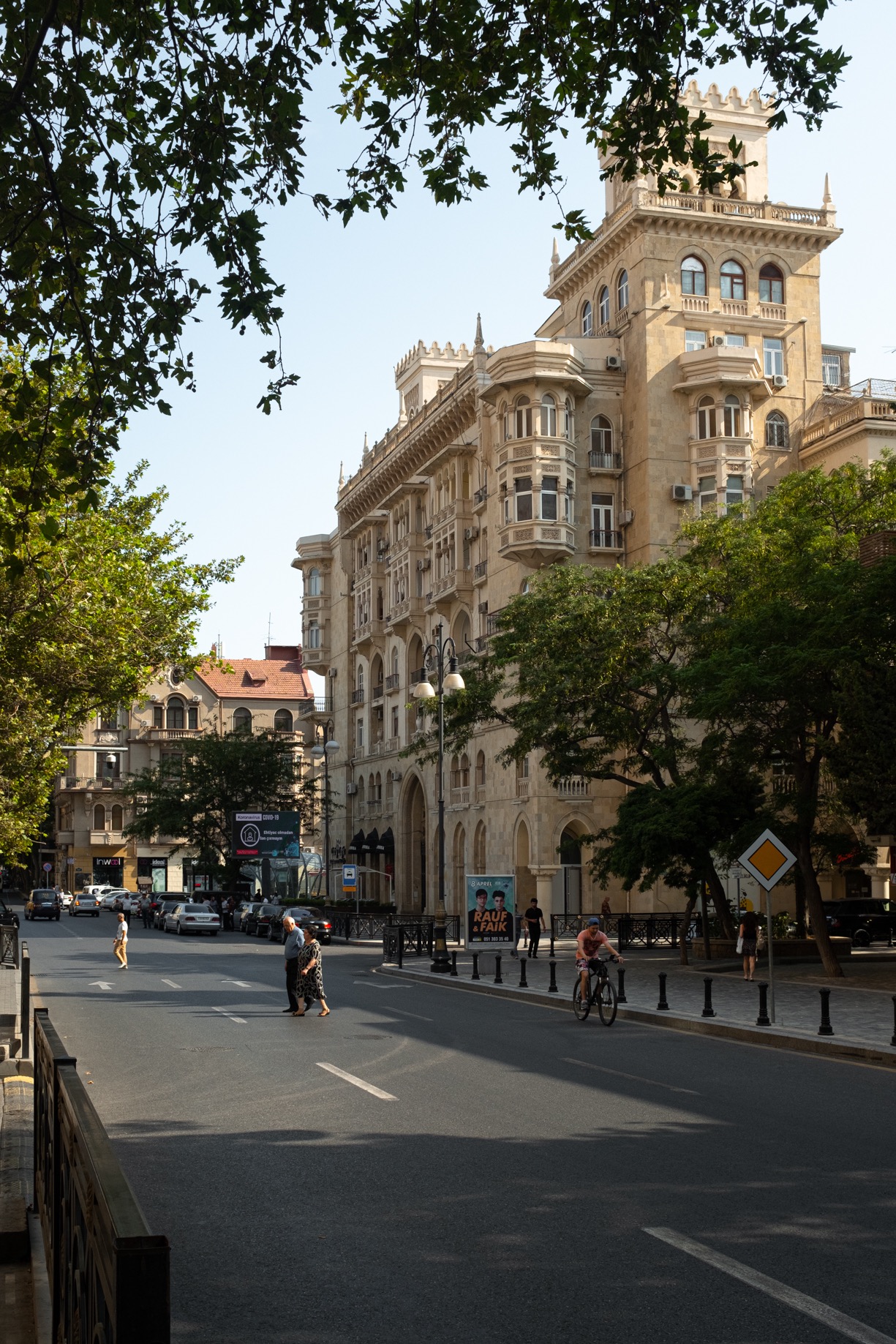


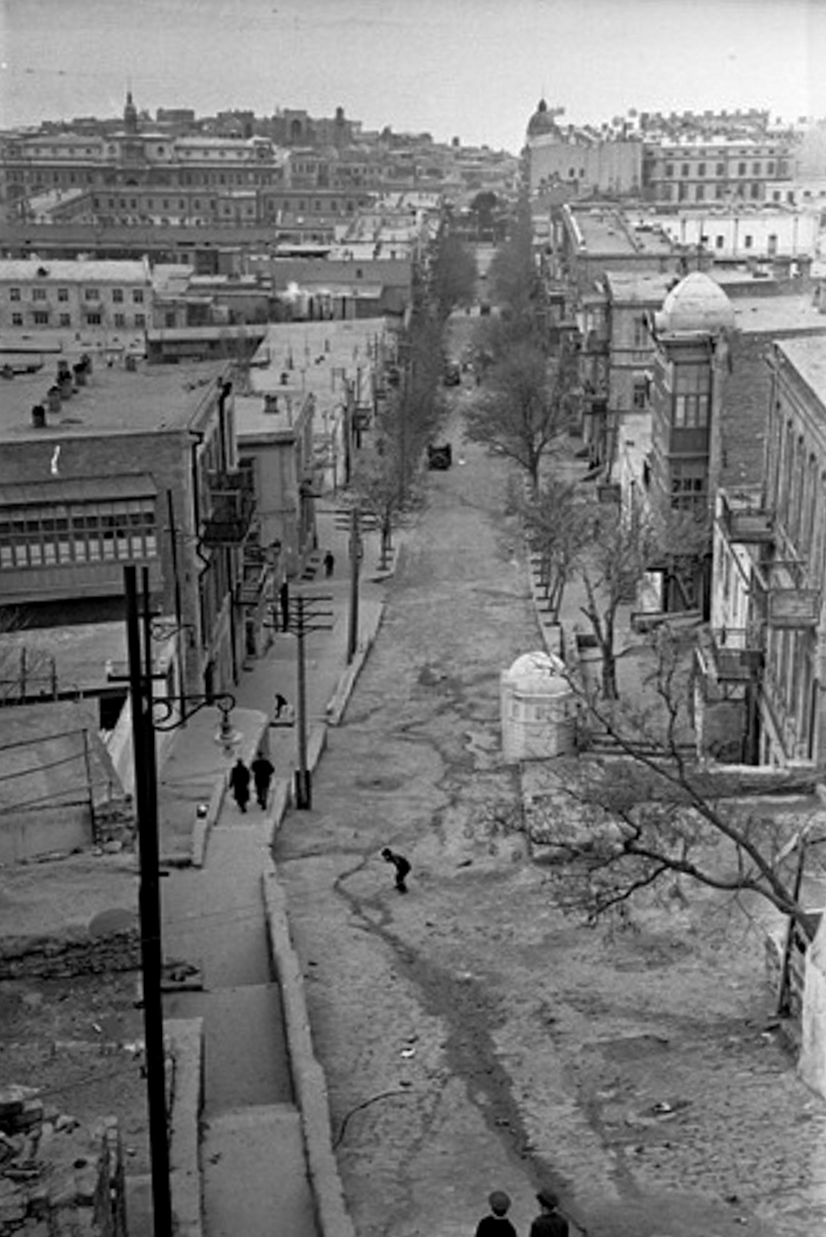
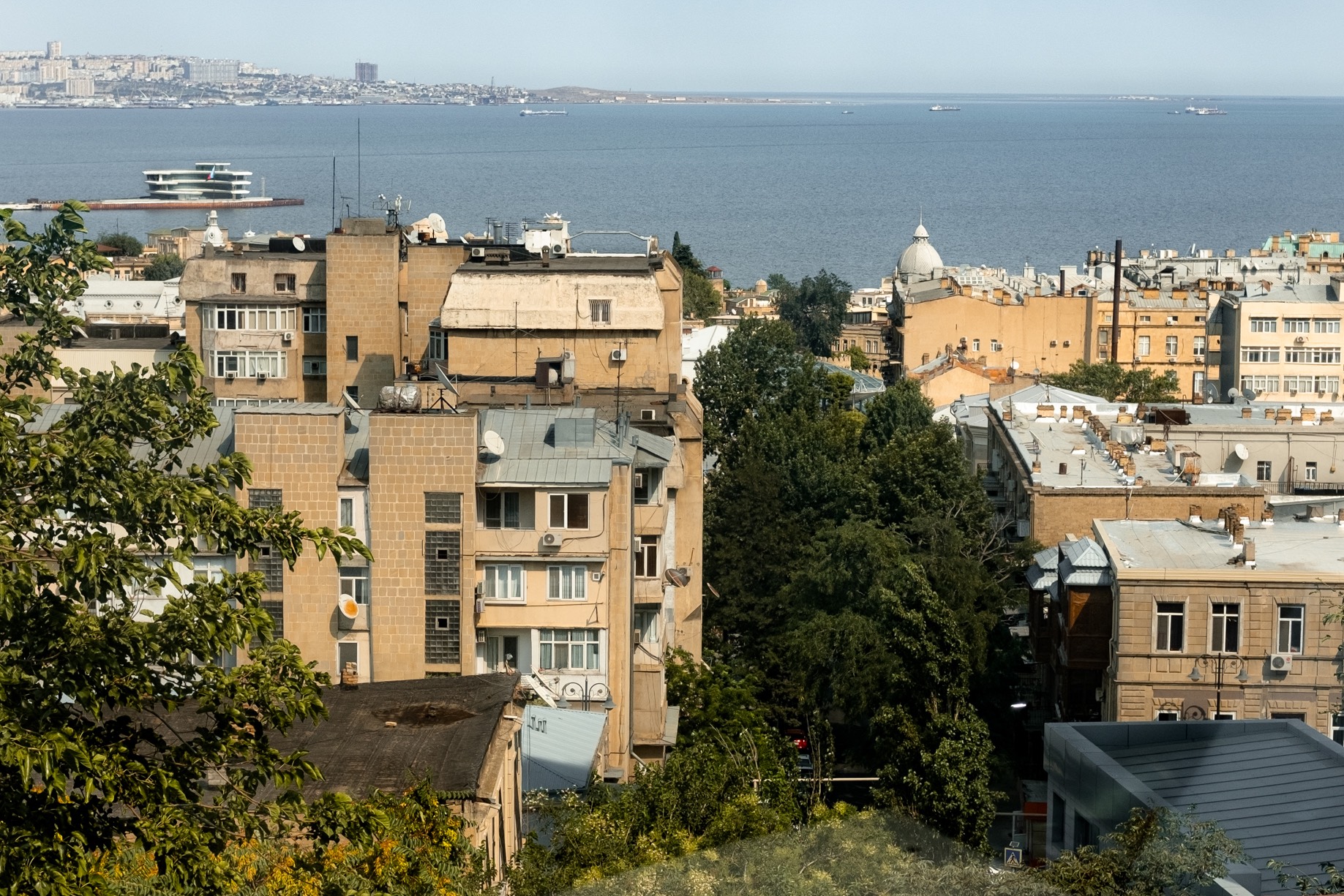

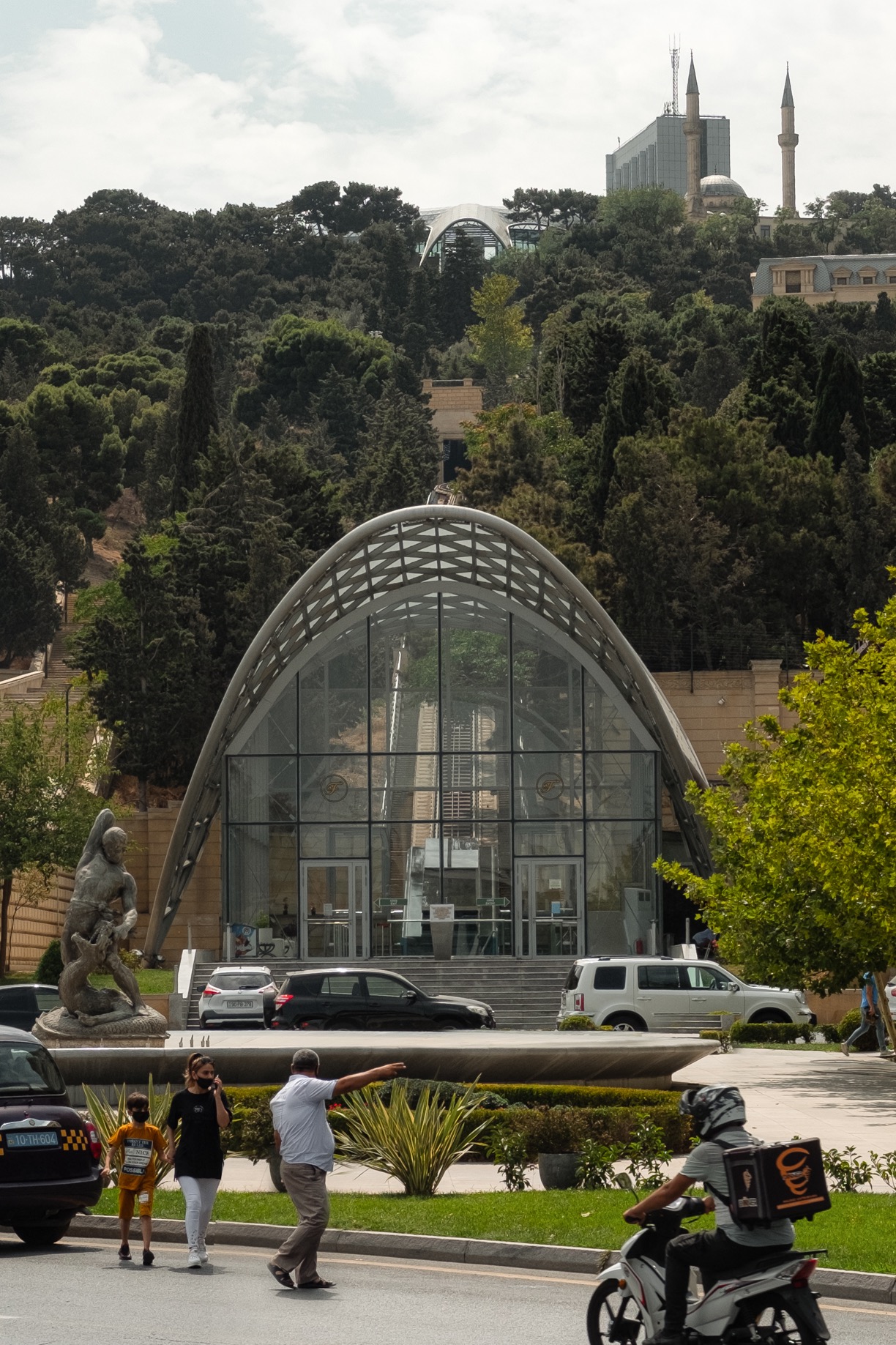
DONATE NOW



